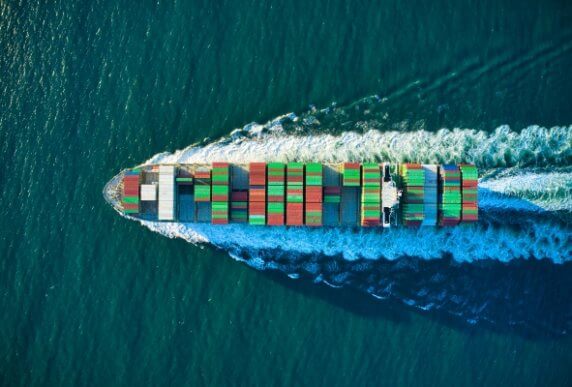ECSA’s proposal for a European fund in response to the threat of shipping coming into the ETS has drawn tentative support from the green lobby and the region’s regulators
With the probable inevitability of shipping being brought into the EU’s market-based measure for reducing greenhouse gas emissions, the region’s shipowners have put forward what it calls framework condition on how it would like to see this happen. And for the first-time regulators, green lobby groups and shipowners have someone tentatively found themselves aligned.
Last year the European Parliament voted to include shipping into the ETS which is currently being reviewed, and its targets likely increased as Europe finds new ways to meet its increased target sunder the Paris Agreement.
While shipping is likely to be brought into the ETS in some form, the Commission, which was tasked by the Parliament to propose a way forward, has yet to play its hand, so ECSA has taken the chance, during a consultative period by the Commission that ends next week to make its suggestion.
It says shipping should pay into a fund, and that fund then used to trade ETS emissions on behalf of the fund, and the money from the fund then used in the industry’s decarbonisation efforts.
In an unusual turn this proposal has received a warm reception from green lobby group Transport and Environment, Shipping Policy Office Faïg Abbasov. “I see quite a lot of convergence between ECSA and T&E,” he said in welcoming the ECSA framework conditions announced in a recent ECSA webinar, “which is quite unusual given the history we have had”.
But the fact remains, said ECSA president Claes Berglund, that currently there are about 11,000 fixed large land-based industrial works such as energy utility sites, cement factories and iron works, owned by a number of large companies that are heavy users of the ETS. Shipowners in Europe on the other hand are largely small or medium enterprises, owning often one to five mobile assets. So introducing ships and shipowners directly into the ETS would not necessarily be a perfect fit. Hence the idea of a fund which would then be the entity working on behalf of shipping in the ETS.
What ECSA wants and what the Commission might do
The Framework Conditions that ECSA has published includes how shipowners should be part of the European ETS and how any funds collected from shipowners should be used to help the industry decarbonise.
The association says any system that the Commission proposes should be “Scalable, consistent, compatible and aligned with a future IMO MBM. The reference to a level playing field and it not increasing the administrative burden of shipowners, notably those that are small SME’s and could struggle to work directly with a trading scheme. Any fund (The European Parliament proposal already has suggested an Ocean Fund) should be used to support R&D, and innovation projects, but importantly to bridge the price gap between conventional fuels (fuel oils and diesels) and low or zero carbon fuel.
ECSA also wants to application of a European MBM to be limited geographically in order to avoid political tensions that could lead to trade disputes. When the EU put forward the proposal to include shipping into the next phase of the European ETS they received concerns from Japan and South Korea about the implications, bringing back concerns about how the Commission initially sought to bring international aviation into the trading scheme but were forced to back-track back track considerably.
Beatriz Yordi Aguirre is the European Commission’s Director of European & International Carbon Markets in DG Clima. She says that the Commission not yet finalised its suggested way to bring in shipping, saying it may be a fund, it may be in the form of a smaller kind of “Shipping ETS” which is connected with the main ETS, she also sought to reassure shipowners that they should not be scared of the ETS. Importantly she alluded to the growing number of talks the Commission has around the world relating to carbon markets and shipping.
































